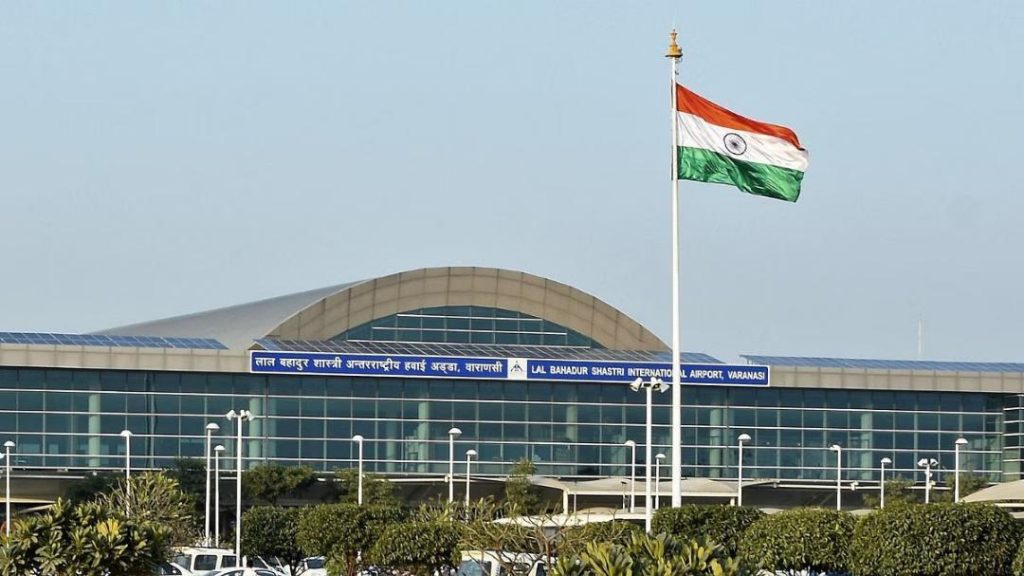
Govt may privatise 11 airports by end of 2025-26: Report
The Indian government is planning to privatise 11 airports, including six loss-making ones, in its third round of privatisation by the end of the financial year 2025-26, according to a recent report. This move is expected to bring in significant revenue and improve the overall efficiency of the airport operations.
As per the report, the Airports Authority of India (AAI) is likely to get the government’s nod for the privatisation plan within a month. The plan includes bundling some airports to make them more attractive to potential bidders. For instance, Varanasi aerodrome would be bundled with Kushinagar and Gaya, while Bhubaneswar and Amritsar airports would be clubbed with Hubli and Kangra.
The six loss-making airports that are part of the privatisation plan are Dehradun, Jammu, Leh, Shimla, Silchar, and Port Blair. These airports have been bleeding money for several years and the government hopes that private operators will be able to turn them around.
The privatisation of airports is not a new concept in India. In the past, the government has successfully privatised several airports, including Mumbai, Delhi, and Bengaluru. These airports have seen significant improvements in terms of infrastructure, services, and overall passenger experience.
The privatisation of airports can bring in several benefits, including improved efficiency, increased competition, and better services to passengers. Private operators are incentivised to invest in the airports and improve their operations to attract more passengers and increase revenue.
In addition to the benefits of privatisation, the government is also expected to generate significant revenue from the sale of these airports. The revenue generated from the sale of airports can be used to fund other infrastructure projects and initiatives.
The privatisation of airports is also expected to create jobs and stimulate economic growth. Private operators will need to hire staff to manage and operate the airports, which will create employment opportunities for thousands of people.
The government has been slow to privatise airports in the past, but it seems that they are now serious about implementing the privatisation plan. The success of the privatisation plan will depend on several factors, including the ability of private operators to improve the airports, the level of investment made by the government, and the willingness of passengers to use the airports.
In conclusion, the privatisation of 11 airports, including six loss-making ones, is a significant move by the Indian government. The move is expected to bring in significant revenue, improve the efficiency of airport operations, and create jobs. The government’s willingness to privatise airports is a sign that they are serious about improving the overall infrastructure of the country and creating a more business-friendly environment.




